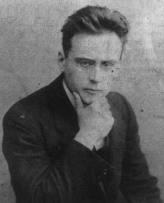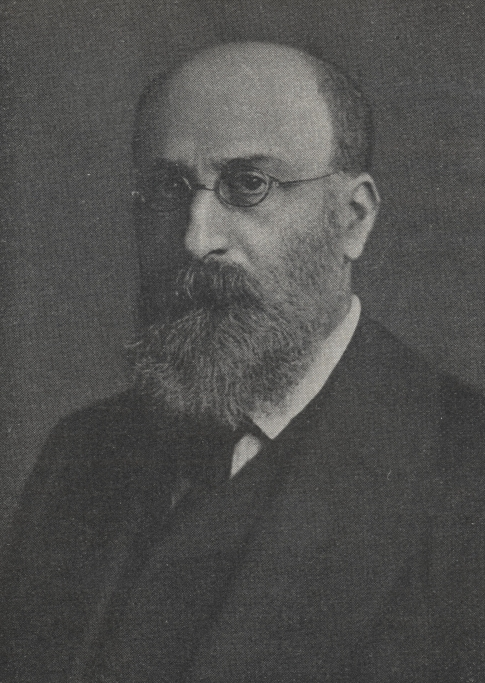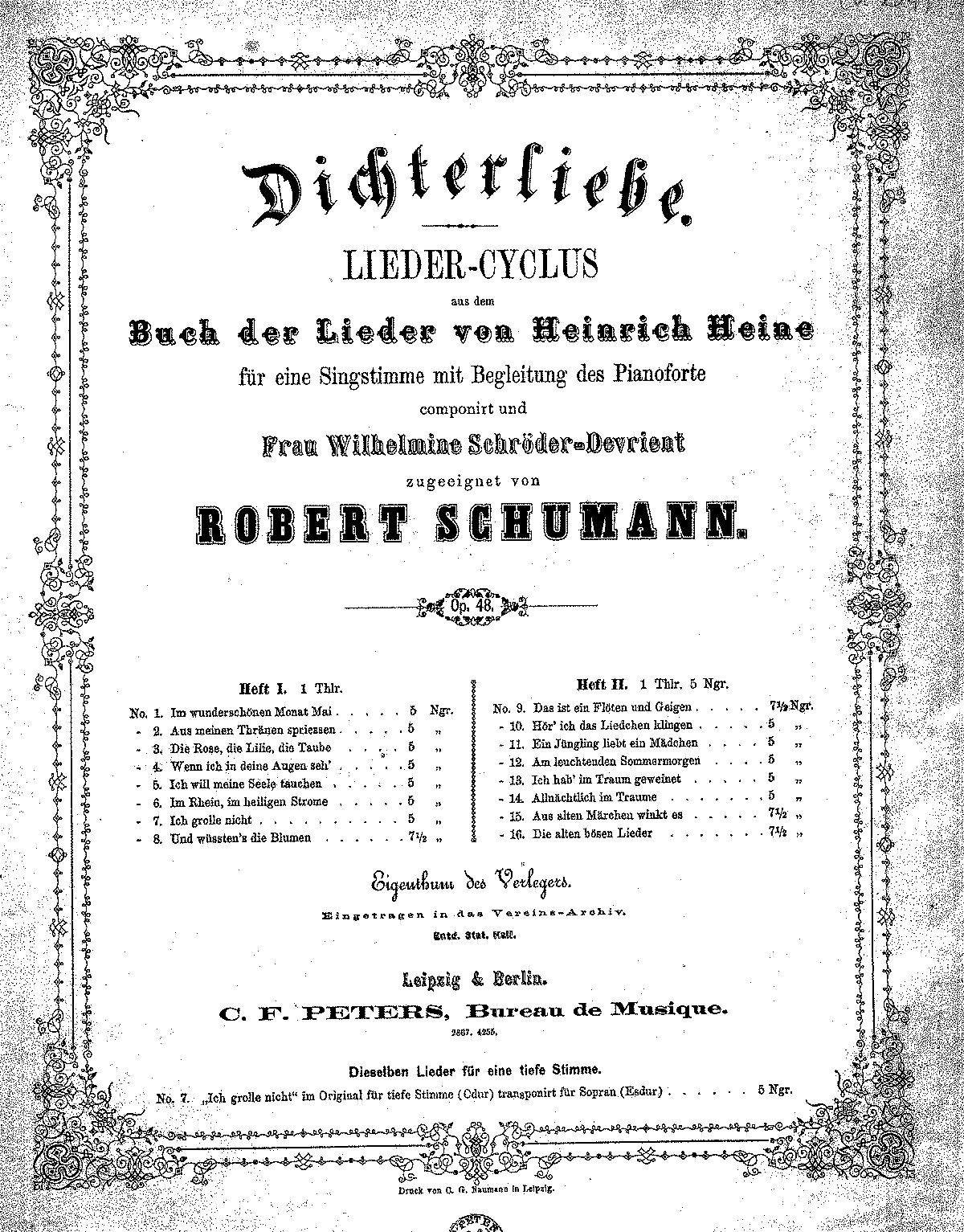|
Webern
Anton Webern (; 3 December 1883 – 15 September 1945) was an Austrian composer, conductor, and musicologist. His music was among the most radical of its milieu in its lyric poetry, lyrical, poetic concision and use of then novel atonality, atonal and twelve-tone technique, twelve-tone techniques. His approach was typically rigorous, inspired by his studies of the Franco-Flemish School under Guido Adler and by Arnold Schoenberg's emphasis on structure in teaching composition from the music of Johann Sebastian Bach, the First Viennese School, and Johannes Brahms. Webern, Schoenberg, and their colleague Alban Berg were at the core of what became known as the Second Viennese School. Webern was arguably the first and certainly the last of the three to write music in an Aphorism, aphoristic and Expressionist music, expressionist style, reflecting his instincts and the idiosyncrasy of his compositional process. He treated themes of love, loss, nature, and spirituality, working from his ... [...More Info...] [...Related Items...] OR: [Wikipedia] [Google] [Baidu] |
List Of Compositions By Anton Webern
The Austrian composer Anton Webern (1883–1945) left a relatively small output of compositions. Many of his works are without opus numbers, and many were published posthumously. List of compositions :''for a complete list of unpublished compositions and sketches, see '' * – Posthumous publishing date Arrangements Works by the composer * ''Sechs Stücke'', Op. 6, version for chamber orchestra (1920) * ''Fünf Sätze'', Op. 5, version for string orchestra (1928-29) Works by others * "Thränenregen", "Ihr Bild", ''Romance'' [from ''Rosamunde''], "Der Wegweiser", and "Du bist die Ruh’", by Franz Schubert, arranged for voice and orchestra (1903) * ''Schatz-Walzer, Schatzwalzer'' by Johann Strauss II for string quartet, harmonium, and piano (1921) * Chamber Symphony No. 1 (Schoenberg), Chamber Symphony No. 1, op. 9, by Arnold Schoenberg, arranged for flute (or violin), clarinet (or viola), piano, violin, and cello (1922–23) * ''Arbeiterchor'' by Franz Liszt, arranged for bass ... [...More Info...] [...Related Items...] OR: [Wikipedia] [Google] [Baidu] |
Atonality
Atonality in its broadest sense is music that lacks a tonal center, or key. ''Atonality'', in this sense, usually describes compositions written from about the early 20th-century to the present day, where a hierarchy of harmonies focusing on a single, central triad is not used, and the notes of the chromatic scale function independently of one another. More narrowly, the term ''atonality'' describes music that does not conform to the system of tonal hierarchies that characterized European classical music between the seventeenth and nineteenth centuries. "The repertory of atonal music is characterized by the occurrence of pitches in novel combinations, as well as by the occurrence of familiar pitch combinations in unfamiliar environments". The term is also occasionally used to describe music that is neither tonal nor serial, especially the pre- twelve-tone music of the Second Viennese School, principally Alban Berg, Arnold Schoenberg, and Anton Webern. However, "as a ca ... [...More Info...] [...Related Items...] OR: [Wikipedia] [Google] [Baidu] |
Arnold Schoenberg
Arnold Schoenberg or Schönberg (13 September 187413 July 1951) was an Austrian and American composer, music theorist, teacher and writer. He was among the first Modernism (music), modernists who transformed the practice of harmony in 20th-century classical music, and a central element of his music was its use of motive (music), motives as a means of coherence. He propounded concepts like developing variation, the emancipation of the dissonance, and the "unified field, unity of musical space". Schoenberg's early works, like ''Verklärte Nacht'' (1899), represented a Brahmsian–Wagnerian synthesis on which he built. Mentoring Anton Webern and Alban Berg, he became the central figure of the Second Viennese School. They consorted with visual artists, published in ''Der Blaue Reiter'', and wrote atonal, expressionist music, attracting fame and stirring debate. In his String Quartets (Schoenberg)#String Quartet No. 2, Op. 10, String Quartet No. 2 (1907–1908), ''Erwartung'' (1909), ... [...More Info...] [...Related Items...] OR: [Wikipedia] [Google] [Baidu] |
Second Viennese School
The Second Viennese School () was the group of composers that comprised Arnold Schoenberg and his pupils, particularly Alban Berg and Anton Webern, and close associates in early 20th-century Vienna. Their music was initially characterized by late- Romantic expanded tonality and later, a totally chromatic expressionism without a firm tonal centre, often referred to as atonality; and later still, Schoenberg's serial twelve-tone technique. Twelve tone Composition was revolutionized by Arnold Schoenberg. Using this technique when composing he made sure he used all 12 notes in a chromatic scale when forming a melody, this would be called the "Primeseries". This series would later be enhanced in his compositions through permutations such as, Retrogrades, Inversions, Transformations etc. How this happens is, Schoenberg taking the pitches of the Primeseries and through his "Magic Square" of permutations takes said pitches and depending on which permutation he is utilizing, creates a new s ... [...More Info...] [...Related Items...] OR: [Wikipedia] [Google] [Baidu] |
Twelve-tone Technique
The twelve-tone technique—also known as dodecaphony, twelve-tone serialism, and (in British usage) twelve-note composition—is a method of musical composition. The technique is a means of ensuring that all 12 notes of the chromatic scale are sounded equally often in a piece of music while preventing the emphasis of any one notePerle 1977, 2. through the use of tone rows, orderings of the 12 pitch classes. All 12 notes are thus given more or less equal importance, and the music avoids being in a Key (music), key. The technique was first devised by Austrian composer Josef Matthias Hauer, who published his "law of the twelve tones" in 1919. In 1923, Arnold Schoenberg (1874–1951) developed his own, better-known version of 12-tone technique, which became associated with the "Second Viennese School" composers, who were the primary users of the technique in the first decades of its existence. Over time, the technique increased greatly in popularity and eventually became widely ... [...More Info...] [...Related Items...] OR: [Wikipedia] [Google] [Baidu] |
Expressionist Music
term expressionism "was probably first applied to music in 1918, especially to Schoenberg", because like the painter Wassily Kandinsky (1866–1944) he avoided "traditional forms of beauty" to convey powerful feelings in his music. Theodor Adorno interprets the expressionist movement in music as seeking to "eliminate all of traditional music's conventional elements, everything formulaically rigid". This he sees as analogous "to the literary ideal of the 'scream.' " As well Adorno sees expressionist music as seeking "the truthfulness of subjective feeling without illusions, disguises or euphemisms". Adorno also describes it as concerned with the unconscious, and states that "the depiction of fear lies at the centre" of expressionist music, with dissonance predominating, so that the "harmonious, affirmative element of art is banished". Expressionist music would "thus reject the depictive, sensual qualities that had come to be associated with impressionist music. It would endeavor in ... [...More Info...] [...Related Items...] OR: [Wikipedia] [Google] [Baidu] |
Johannes Brahms
Johannes Brahms (; ; 7 May 1833 – 3 April 1897) was a German composer, virtuoso pianist, and conductor of the mid-Romantic period (music), Romantic period. His music is noted for its rhythmic vitality and freer treatment of dissonance, often set within studied yet expressive contrapuntal textures. He adapted the traditional structures and techniques of a wide historical range of earlier composers. His includes four symphony, symphonies, four concertos, a Requiem, much chamber music, and hundreds of folk-song arrangements and , among other works for symphony orchestra, piano, organ, and choir. Born to a musical family in Hamburg, Brahms began composing and concertizing locally in his youth. He toured Central Europe as a pianist in his adulthood, premiering many of his own works and meeting Franz Liszt in Weimar. Brahms worked with Ede Reményi and Joseph Joachim, seeking Robert Schumann's approval through the latter. He gained both Robert and Clara Schumann's strong support ... [...More Info...] [...Related Items...] OR: [Wikipedia] [Google] [Baidu] |
Alban Berg
Alban Maria Johannes Berg ( ; ; 9 February 1885 – 24 December 1935) was an Austrian composer of the Second Viennese School. His compositional style combined Romantic lyricism with the twelve-tone technique. Although he left a relatively small ''oeuvre'', he is remembered as one of the most important composers of the 20th century for his expressive style encompassing "entire worlds of emotion and structure". Berg was born and lived in Vienna. He began to compose at the age of fifteen. He studied counterpoint, music theory and harmony with Arnold Schoenberg between 1904 and 1911, and adopted his principles of ''developing variation'' and the twelve-tone technique. Berg's major works include the operas '' Wozzeck'' (1924) and ''Lulu'' (1935, finished posthumously), the chamber pieces '' Lyric Suite'' and Chamber Concerto, as well as a Violin Concerto. He also composed a number of songs ('' lieder''). He is said to have brought more "human values" to the twelve-tone system; hi ... [...More Info...] [...Related Items...] OR: [Wikipedia] [Google] [Baidu] |
Guido Adler
Guido Adler (1 November 1855 – 15 February 1941) was a Moravian-Austrian musicologist and writer. Early life Adler was born at Eibenschütz in Moravia in 1855 of Jewish parentage. He moved with his family to Vienna nine years later. His father Joachim, a physician, died of typhoid fever in 1857. Joachim contracted the illness from a patient, and therefore told his wife Franciska to "never allow any of the children to become a doctor". Adler studied at the University of Vienna and — at the same time (1868-1874) — the Vienna Conservatory of Music (where he studied piano (main subject) and music theory and composition under Anton Bruckner and Otto Dessoff). He even briefly served at the Vienna Handelsgericht before deciding to pursue his interest in music history.Erica Mugglestone, "Guido Adler's 'The Scope, Method, and Aim of Musicology' (1885): An English Translation with an Historico-Analytical Commentary," '' Yearbook for Traditional Music'' vol. 13 (1981), 1-21. H ... [...More Info...] [...Related Items...] OR: [Wikipedia] [Google] [Baidu] |
Lieder
In the Western classical music tradition, ( , ; , ; ) is a term for setting poetry to classical music. The term is used for any kind of song in contemporary German and Dutch, but among English and French speakers, is often used interchangeably with "art song" to encompass works that the tradition has inspired in other languages as well. The poems that have been made into lieder often center on pastoral themes or themes of romantic love. The earliest ''Lieder'' date from the late fourteenth or early fifteenth centuries, and can even refer to from as early as the 12th and 13th centuries. It later came especially to refer to settings of Romantic poetry during the late eighteenth and nineteenth centuries, and into the early twentieth century. Examples include settings by Joseph Haydn, Wolfgang Amadeus Mozart, Ludwig van Beethoven, Franz Schubert, Robert Schumann, Johannes Brahms, Hugo Wolf, Gustav Mahler or Richard Strauss. History Terminology For German speakers, the te ... [...More Info...] [...Related Items...] OR: [Wikipedia] [Google] [Baidu] |
Vienna
Vienna ( ; ; ) is the capital city, capital, List of largest cities in Austria, most populous city, and one of Federal states of Austria, nine federal states of Austria. It is Austria's primate city, with just over two million inhabitants. Its larger metropolitan area has a population of nearly 2.9 million, representing nearly one-third of the country's population. Vienna is the Culture of Austria, cultural, Economy of Austria, economic, and Politics of Austria, political center of the country, the List of cities in the European Union by population within city limits, fifth-largest city by population in the European Union, and the most-populous of the List of cities and towns on the river Danube, cities on the river Danube. The city lies on the eastern edge of the Vienna Woods (''Wienerwald''), the northeasternmost foothills of the Alps, that separate Vienna from the more western parts of Austria, at the transition to the Pannonian Basin. It sits on the Danube, and is ... [...More Info...] [...Related Items...] OR: [Wikipedia] [Google] [Baidu] |
First Viennese School
The First Viennese School is a name mostly used to refer to three composers of the Classical period in Western art music in late-18th-century to early-19th-century Vienna: Joseph Haydn, Wolfgang Amadeus Mozart and Ludwig van Beethoven. Sometimes, Franz Schubert is added to the list. In German-speaking countries, the term ''Wiener Klassik'' (lit. ''Viennese classical era/art'') is used. That term is often more broadly applied to the Classical era in music as a whole, as a means to distinguish it from other periods that are colloquially referred to as ''classical'', namely Baroque and Romantic music. The term "Viennese School" was first used by Austrian musicologist Raphael Georg Kiesewetter, in 1834, although he only counted Haydn and Mozart as members of the school. Other writers followed suit and eventually Beethoven was added to the list. The designation "first" is added today to avoid confusion with the Second Viennese School. These composers sometimes encountered each other ... [...More Info...] [...Related Items...] OR: [Wikipedia] [Google] [Baidu] |








